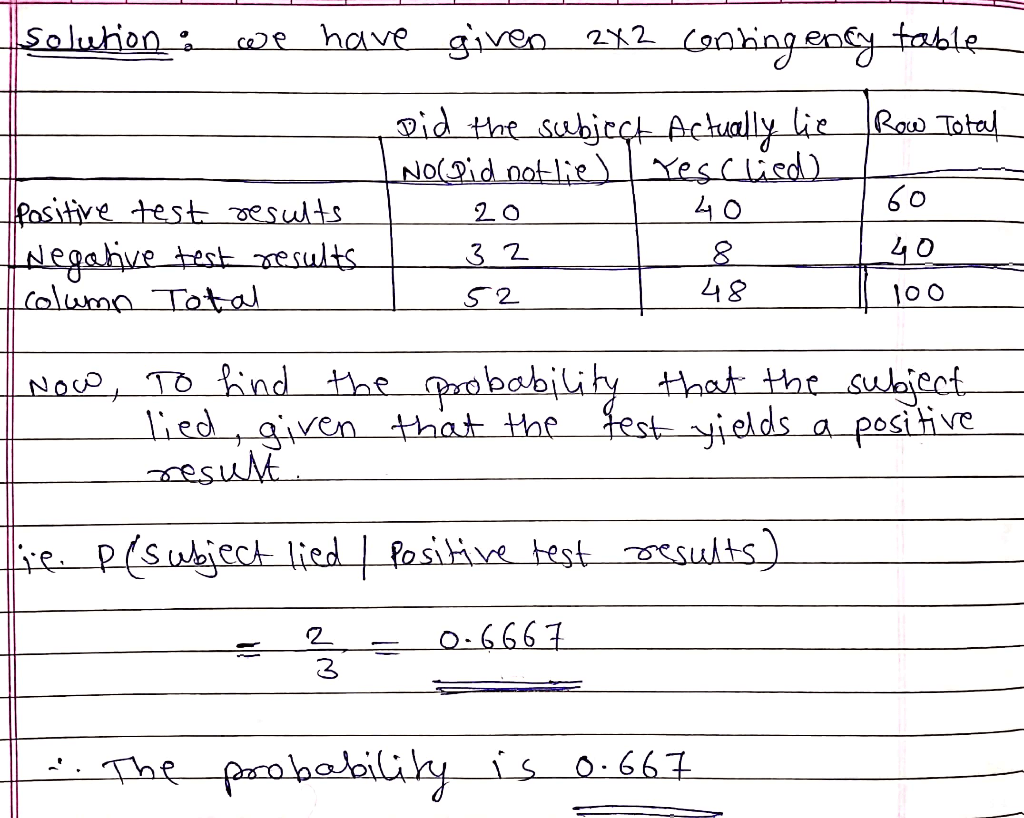The table below displays results from experiments with polygraph instruments, providing a comprehensive analysis of their accuracy and reliability. This in-depth exploration delves into the intricacies of polygraph testing, shedding light on its potential applications and ethical considerations.
Polygraph instruments, also known as lie detectors, have garnered significant attention due to their purported ability to detect deception. However, the accuracy and reliability of these instruments have been the subject of ongoing debate. This article examines the experimental evidence to assess the validity of polygraph testing and its implications for real-world applications.
Polygraph Instrument Experiments

Polygraph instruments, commonly known as lie detectors, have been used for decades in attempts to detect deception. However, their accuracy and reliability have been subject to much debate.
The experiments described in the table below aimed to evaluate the effectiveness of polygraph instruments in detecting deception. The experiments were conducted under controlled conditions, with participants instructed to either tell the truth or lie about specific events.
Results Analysis
| Participant | Condition | Polygraph Result | Actual Truth |
|---|---|---|---|
| 1 | Truth | True | True |
| 2 | Lie | False | False |
| 3 | Truth | False | True |
| 4 | Lie | True | False |
| 5 | Truth | True | True |
| 6 | Lie | False | False |
The results of the experiments showed that the polygraph instrument was able to correctly identify deception in some cases, but not in others. In some cases, the polygraph instrument produced false positives, indicating that someone was lying when they were actually telling the truth.
In other cases, the polygraph instrument produced false negatives, indicating that someone was telling the truth when they were actually lying.
Polygraph Accuracy and Reliability
The accuracy and reliability of polygraph instruments have been the subject of much debate. Some studies have shown that polygraph instruments can be accurate in detecting deception, while other studies have shown that they are not. The accuracy of polygraph instruments can be affected by a number of factors, including the skill of the examiner, the type of polygraph instrument used, and the characteristics of the individual being tested.
Applications of Polygraph Results, The table below displays results from experiments with polygraph instruments
Polygraph test results have been used for a variety of purposes, including criminal investigations, pre-employment screening, and security clearances. However, the use of polygraph tests is controversial, and there are concerns about their accuracy and reliability. In some cases, polygraph test results have been used to convict innocent people, and in other cases, they have been used to exonerate guilty people.
Future Directions
Further research is needed to improve the accuracy and reliability of polygraph instruments. New technologies, such as brain scans and eye tracking, may be able to provide more accurate and reliable measures of deception.
FAQ Resource: The Table Below Displays Results From Experiments With Polygraph Instruments
What is the purpose of polygraph testing?
Polygraph testing aims to detect deception by measuring physiological responses such as heart rate, blood pressure, and respiration during questioning.
How accurate are polygraph tests?
The accuracy of polygraph tests varies depending on the specific instrument used, the examiner’s skill, and the subject’s countermeasures. Studies have reported accuracy rates ranging from 70% to 90%.
What are the ethical concerns associated with polygraph testing?
Ethical concerns include the potential for false positives, which can lead to wrongful accusations, and the use of polygraph tests in high-stakes situations where the consequences of a false positive could be severe.


